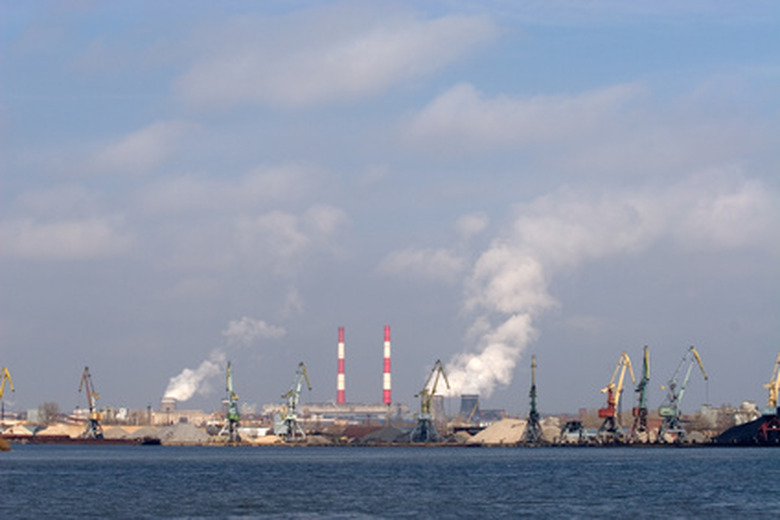Energy Resources In The Industrial Revolution
The resources used for energy during the Industrial Revolution made a huge impact historically and sparked a revolution that would change the world both technologically and environmentally. Although the impacts of the revolution would not be fully realized until many decades later, they would push the world forward in terms of production, distribution and technology. Only a few resources were used for energy during this time, but the new inventions and resources discovered during the Industrial Revolution were the life force that made it a defining era.
Wood
Wood
Wood was the primary resource used for the production of energy before the Industrial Revolution; but it was becoming scarce, so other resources had to be found. Lumber was becoming hard to come by, and was not renewable quickly enough to supply its own demand. Therefore, charcoal also could not be used in abundance, as it is made from wood that is burned down into charcoal form.
Coal
Coal
The main resource used to produce energy during the Industrial Revolution was coal. The shortage of trees for lumber led to coal's popularity; especially in England, where there was an abundance of it. The early uses of wind, water and wood for energy were replaced by coal, which could produce high levels of heat, power machines that were much more efficient and replace slow, manual labor. Coal seems to have sparked the revolution itself, creating a quicker production pace for the world. Coal was convenient; it could be used in its natural form; and it was plentiful.
Steam
Steam
In 1705, the steam engine was invented and was primarily used to pump the water out of coal mines, which flooded much of the time. However, it could not generate power. After the steam engine was improved during the 1760s to 1780s, it could generate power, and coal could be burned to drive machinery. This is how the railroad began, with the development of the steam engine–another major marker of the Industrial Revolution.
Overall
Overall
The Industrial Revolution used non-renewable resources in massive amounts, which made large impacts on the environment. It took many years to discover the effects of these resources; however, the advances in production and technology are the same ones that have allowed us to discover new, renewable resources.
Cite This Article
MLA
Jensen, Amy. "Energy Resources In The Industrial Revolution" sciencing.com, https://www.sciencing.com/energy-resources-industrial-revolution-7639537/. 24 April 2017.
APA
Jensen, Amy. (2017, April 24). Energy Resources In The Industrial Revolution. sciencing.com. Retrieved from https://www.sciencing.com/energy-resources-industrial-revolution-7639537/
Chicago
Jensen, Amy. Energy Resources In The Industrial Revolution last modified March 24, 2022. https://www.sciencing.com/energy-resources-industrial-revolution-7639537/
